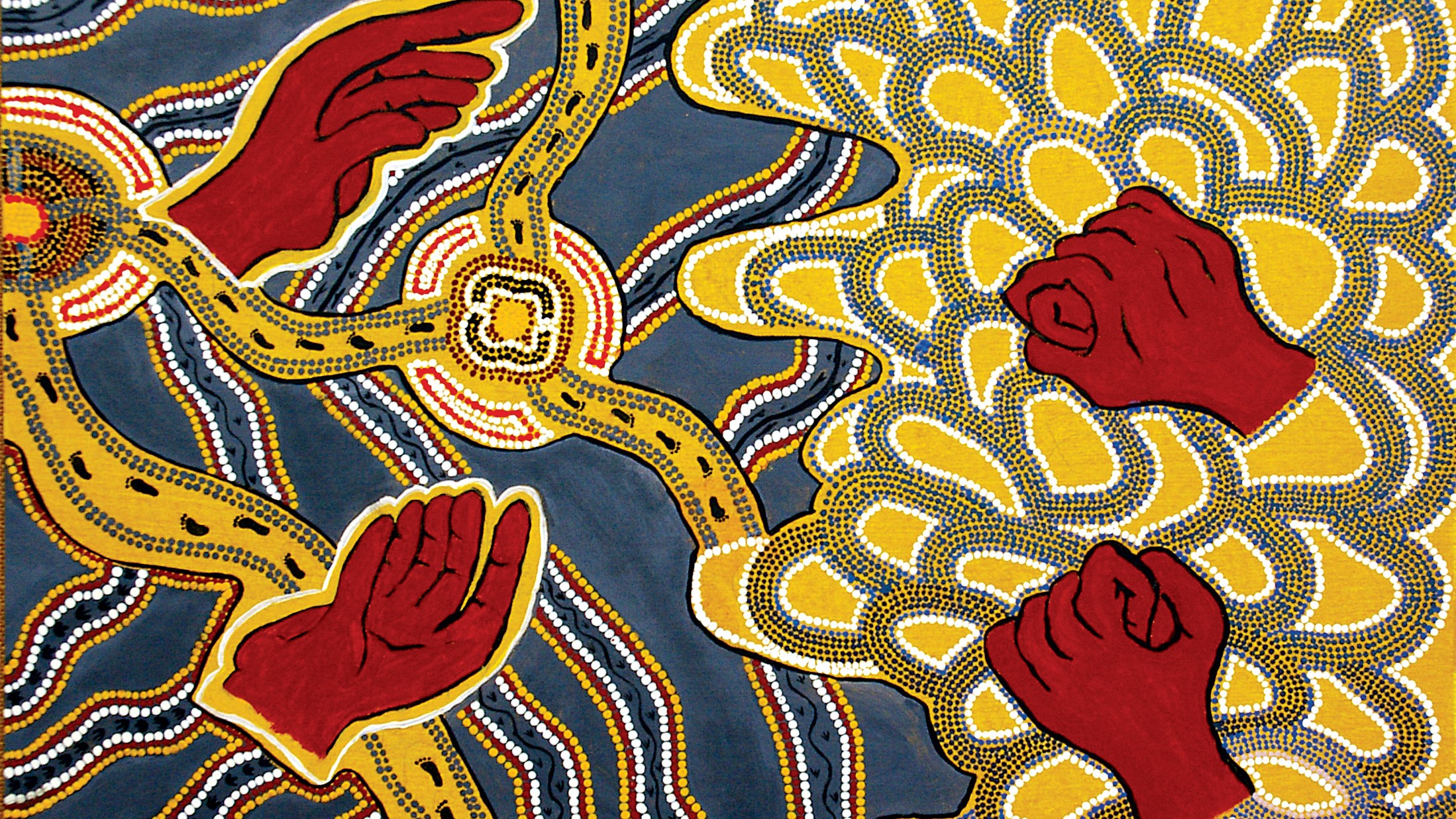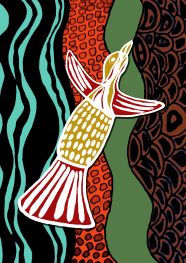
2022 Seminars
Loading...
Presentation Type
Presentation
Location
The University of Notre Dame Australia, Broome Campus
Venue: NDB11 Lecture Room 13
88 Guy Street, Broome
Start Date
27-5-2022 12:30 PM
End Date
27-5-2022 1:30 PM
Description
In the 1920’s, following cessation of the First World War, the Western Australian Government under Premier Sir James Mitchell was intent on opening up the Kimberley for settlement. The State was looking to attract ‘men and money’ and Sir James visited London to promote the region. A brochure produced at the time highlighted the region as ‘This land of big mountain ranges, extensive tablelands, heavy and reliable rainfall, noble rivers and fertile soils…’ It also pointed out that ‘Its emptiness and its close proximity to teeming millions of coloured populations elevates to a position of first-class importance the question of whether in the years to come it shall be to the Empire an occasion of anxiety and danger, or a source of boundless wealth and unlimited opportunity.’
In 1921 the Western Australian Government appointed surveyor William Robert Easton to lead an exploration party to the Kimberley to investigate the suitability of establishing a new port somewhere between Broome and Wyndham to facilitate settlement of this remote region.
The Premier also recommended that Constable S. Rea from Fitzroy Crossing Police Station be seconded to join the party as second-in-command along with a Mr O. Siddons – ‘A man with considerable experience in the Gulf country of Queensland and a likely selector for pastoral purposes”. Additional personnel included Mr N. Wright and two native trackers ‘Jungabyne’ and ‘Mick’. A former Surveyor General, Mr H.S. King suggested the desirability of a botanist being included in the party for the purpose of obtaining knowledge of the flora and vegetation of this little-known region. As a result, the Forests Department was approached and the services of Mr Charles A. Gardner were made available to report upon the commercial timbers and fodder plants of this unexplored portion of the Kimberley.
Recommended Citation
Kenneally, Kevin F., "WILLIAM ROBERT EASTON AND THE SEARCH FOR A NEW KIMBERLEY PORT THE 1921 KIMBERLEY EXPLORING EXPEDITION:" (2022). Talking Heads Seminar Series. 13.
https://researchonline.nd.edu.au/nulungu_talkingheads/2022/schedule/13
WILLIAM ROBERT EASTON AND THE SEARCH FOR A NEW KIMBERLEY PORT THE 1921 KIMBERLEY EXPLORING EXPEDITION:
The University of Notre Dame Australia, Broome Campus
Venue: NDB11 Lecture Room 13
88 Guy Street, Broome
In the 1920’s, following cessation of the First World War, the Western Australian Government under Premier Sir James Mitchell was intent on opening up the Kimberley for settlement. The State was looking to attract ‘men and money’ and Sir James visited London to promote the region. A brochure produced at the time highlighted the region as ‘This land of big mountain ranges, extensive tablelands, heavy and reliable rainfall, noble rivers and fertile soils…’ It also pointed out that ‘Its emptiness and its close proximity to teeming millions of coloured populations elevates to a position of first-class importance the question of whether in the years to come it shall be to the Empire an occasion of anxiety and danger, or a source of boundless wealth and unlimited opportunity.’
In 1921 the Western Australian Government appointed surveyor William Robert Easton to lead an exploration party to the Kimberley to investigate the suitability of establishing a new port somewhere between Broome and Wyndham to facilitate settlement of this remote region.
The Premier also recommended that Constable S. Rea from Fitzroy Crossing Police Station be seconded to join the party as second-in-command along with a Mr O. Siddons – ‘A man with considerable experience in the Gulf country of Queensland and a likely selector for pastoral purposes”. Additional personnel included Mr N. Wright and two native trackers ‘Jungabyne’ and ‘Mick’. A former Surveyor General, Mr H.S. King suggested the desirability of a botanist being included in the party for the purpose of obtaining knowledge of the flora and vegetation of this little-known region. As a result, the Forests Department was approached and the services of Mr Charles A. Gardner were made available to report upon the commercial timbers and fodder plants of this unexplored portion of the Kimberley.




